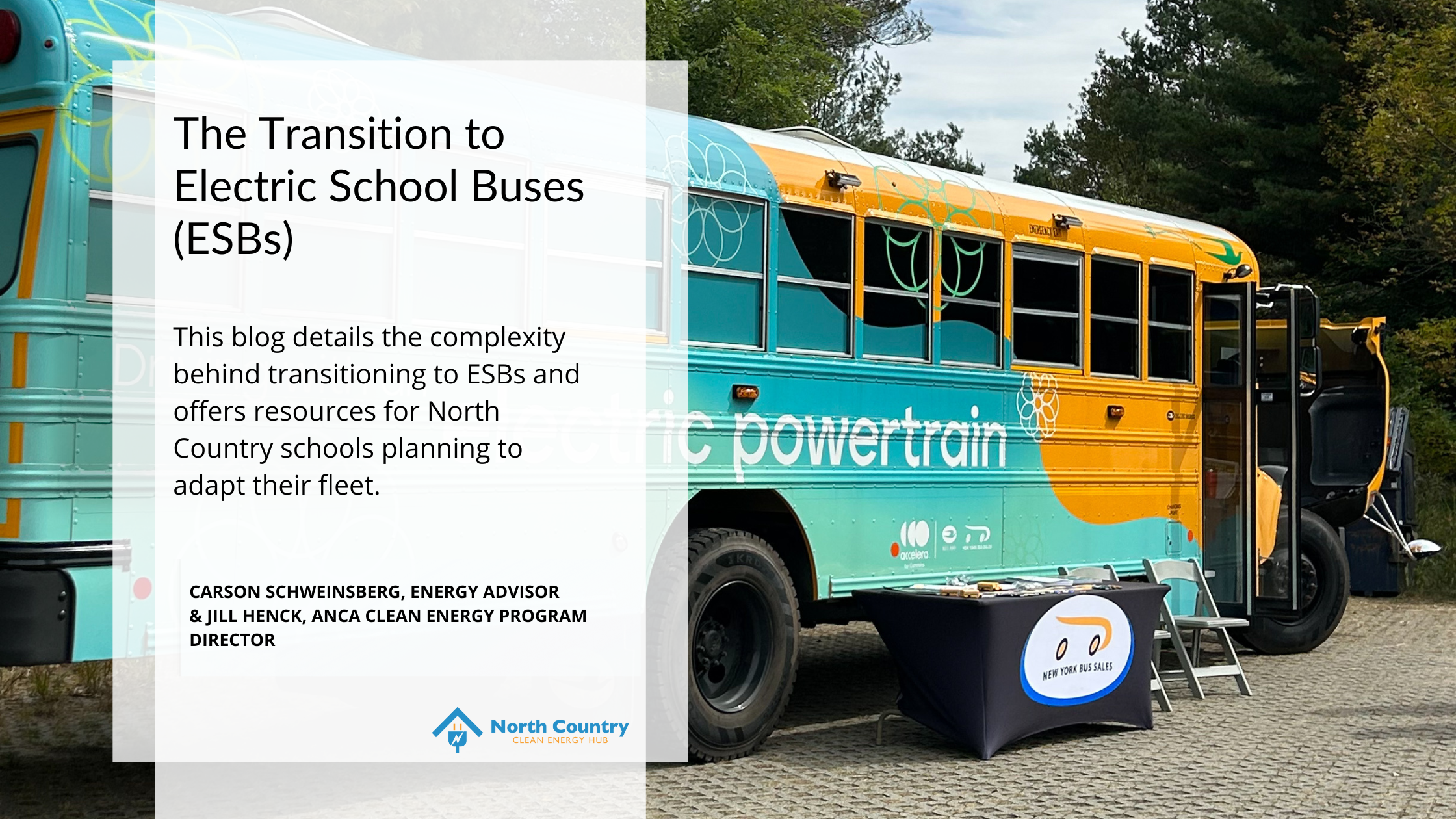

Incandescent vs. LED Holiday Lights: Cost, Style, and Sustainability

Cozy Indoors? Critters Think So Too

From Ember to Earth: Honoring Indigenous Biochar Practices That Build Soil Resiliency

Stay Toasty, Save Wisely: Winter Heating Tips

Stay Cool, North Country!

The Transition to Electric School Buses

Celebrating the North Country Clean Energy Hub on Earth Day

Tax Prep: Yes, It’s That Time of Year

SUNY Canton: Leading the North Country in Clean Energy Workforce Development

Helping Friends and Neighbors Live in More Comfortable Homes & Save Money

Celebrating Indigenous Excellence | Native American Heritage Day

Turn Tricks into Treats This Halloween

NYS Parks Make Clean Energy Upgrades

Smart Thermostats Save Money on Energy Bills

Phantom Energy is Costing You Money
Did you grow up in a household where you were told to unplug everything every time you left the house? Though we may have thought our parents were crazy, the truth is, there is some merit to this habit. If you turn off all the electronics, lamps, and other plug-in devices in your home, they are still using power, even though you’ve pressed the “off” button. This wasted power is referred to as phantom energy…

Electric Vehicles: Driving Clean in the North Country
The DOE explains that EV owners pay much less for the electricity to charge their vehicle than the investment in a fuel vehicle. Whether you plan to charge your EV at home or a public station, you’ll be paying much less than you would to fill your gas tank. Find out more in this month’s blog post!

Keeping a Healthy Home
Did you know that the average person spends 70-90 percent of their time indoors? This means that making sure our homes are healthy is crucial to keeping ourselves healthy. Our homes are designed as a safe place to keep us sheltered from the outside hazards, but if we open our homes unknowingly to these hazards, we can turn our safe place into an unhealthy and potentially hazardous environment.

Water to Wattage: Hydroelectricity in New York State
Energy Advisor, Nolan Rishe, dives into the history of hydroelectricity in New York State and reviews how the oldest form of renewable energy is still used today!

A Winter Wish for the North Country
It’s that time of year the North Country dreads in the summer months but cherishes during the holiday season: winter is upon us!

Heat Pumps Provide Dual Comfort for the North Country
Learn how heat pumps can keep you warm in the winter and cool in the summer!
